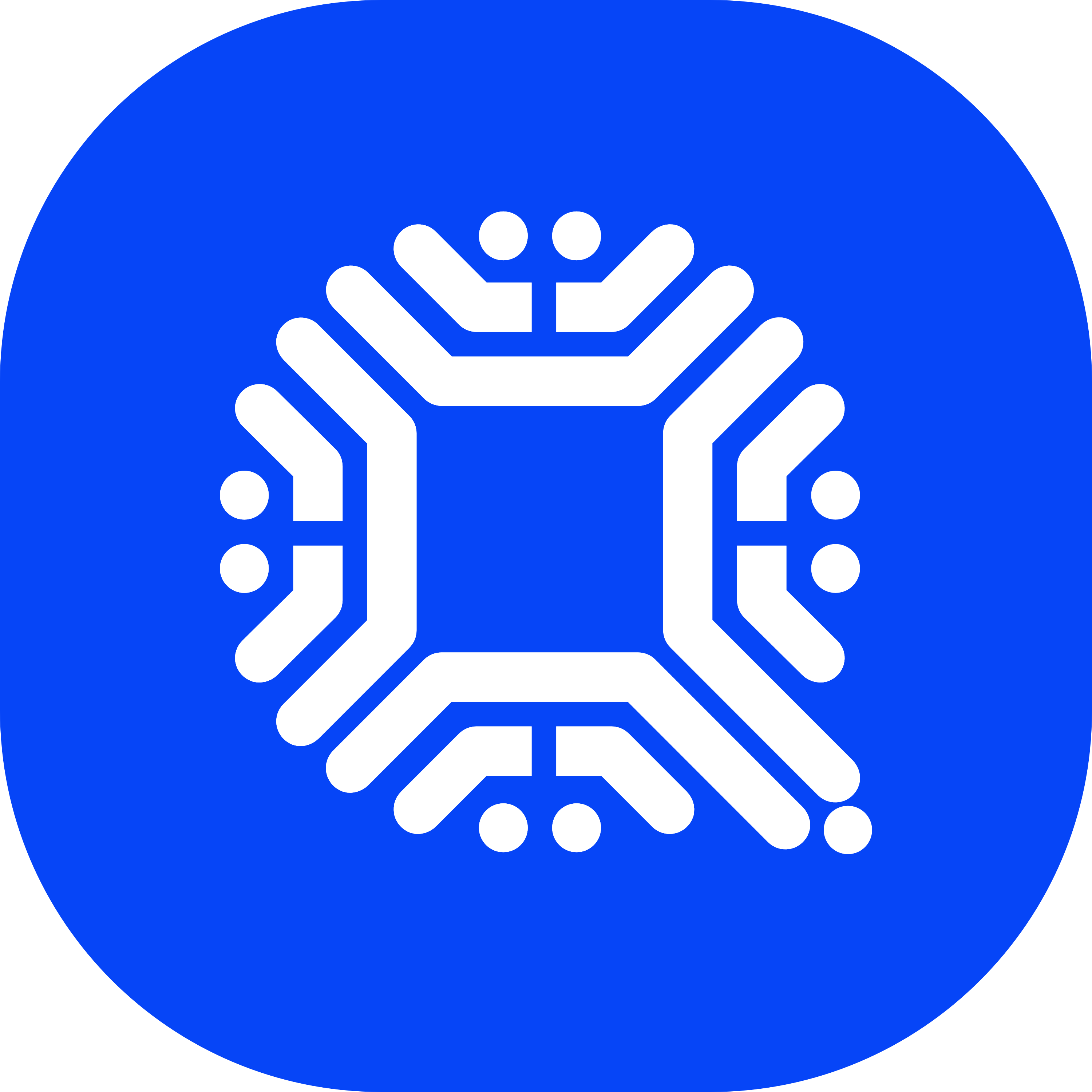







































Can Mobile Messenger Bring Web3 Mass Adoption?
 KLAY
KLAY
 FNSA
FNSA
 GRAM
GRAM

1. Expansion of blockchain technology, mass-adoption of the 'monetary system'
As previously outlined in our reports, blockchain technology was initially developed to address the inherent limitations of centralized financial systems, aiming to establish an autonomous "monetary system" that is transparently managed by all participants. This framework highlights blockchain's potential as a genuine means of payment, rather than merely serving as an investment asset. However, the widespread adoption of blockchain-based payment systems has been impeded by regulatory challenges and insufficient support from businesses.

Source: Grab, Tiger Research
Nonetheless, an increasing number of companies are beginning to show interest in blockchain technology following limited experimental adoption of the technology by various regulatory bodies, which has contributed to the gradual easing of regulatory barriers. For instance, Grab has enabled support for pre-payment in five cryptocurrencies, including Bitcoin, Ethereum, and USDC. Companies like Visa and Shopify are also exploring similar initiatives. This only marks the initial phase, and significant scaling is required for the "currency system" to gain broader acceptance.
One of the most promising platforms for this expansion is mobile messaging applications. These apps already boast extensive user bases and support simple payments. If blockchain technology can be successfully integrated into their systems, we can anticipate rapid scaling driven by robust network effects.
2. Payment Services in Mobile Messengers
2.1. The emergence of mobile payment services
The financial payment landscape is rapidly evolving, transitioning from cash to cards, and now to mobile payments. Companies are introducing simplified payment services to enhance the convenience of financial transactions for users. These services streamline the payment process, enabling users to complete transactions quickly and easily on or offline. By storing payment information in advance and requiring only a simple authentication at the time of purchase, these systems maximize user convenience.

Source: Straits Research
In response to growing demand, numerous companies worldwide are launching simple payment services. These services can be found in various industries, including 1) mobile messengers, 2) mobile phone manufacturers, 3) fintech and financial companies, and 4) other retailers. Notably, the market for simple payment systems continues to expand as consumers increasingly rely on mobile devices for shopping and payments.
2.2. Combining mobile messengers and payment services
Mobile messengers distinguish themselves from other industries due to their high usage frequency and the social network effects. According to SimilarWeb, WhatsApp boasts 122.1 million daily active users (DAUs), with over 90% of its subscribers using it daily. This high frequency of use can be found in other platforms as well, raising the probability that users will adopt and utilize integrated payment services through these applications.
Additionally, the social networks within mobile messengers are built on relationships with acquaintances, fostering a high level of trust. This trust-based dynamic makes sending money and conducting payments more intuitive in user-to-user transactions. The psychological security of transacting with known individuals can also contribute to adopting easy payment services.
Different Asian countries favor distinct mobile messengers, such as KakaoTalk in South Korea, WeChat in China, and Line in Japan and Thailand. These localized messaging platforms are well-positioned to develop region-specific payment services, leveraging their deep understanding of local userb characteristics and necessary infrastructure providers.
The integration of cryptocurrency payments into mobile messenger-supported payment systems could further catalyze rapid expansion, driven by the strong network effects of large user bases. Messenger platform operators based in Asia have the experience and knowledge of the local institutional financial system, which will allow them to adopt crypto payments more quickly and with due process.
3. Blockchain Adoption with Existing Large-Scale Messengers
The integration of blockchain technology with large-scale messenger platforms has been explored by many companies without much success as of yet. This is due to a combination of technical complexities, regulatory challenges, and user acceptance issues. Nevertheless, interest and investment in this space persist, and many companies are experimenting with various approaches. In the following section, we will examine some prominent examples of these attempts, and cover the challenges, outcomes, and their future prospects.
3.1. Failure: WhatsApp - Novi (Diem Project)

Source: Diem
Meta (formerly Facebook) attempted to introduce cryptocurrency payments to WhatsApp through a digital wallet project named Novi. The project initially planned to utilize its own stablecoin, Libra (later renamed Diem). However, it faced significant obstacles, including regulatory concerns from multiple countries and the withdrawal of major partners such as Visa and Mastercard. Compounding these issues was declining trust in Facebook's privacy practices. Ultimately, in early 2022, Meta discontinued the Diem project entirely.
3.2. Ongoing: Telegram - TON
Telegram initiated a blockchain project called TON (The Open Network). Although Telegram itself withdrew from the project in May 2020 due to regulatory issues, the TON community continued the development independently, resulting in the current operation of TON as a standalone blockchain network. While Telegram officially states no affiliation with TON, the network remains closely connected to the Telegram ecosystem. Recently, TON introduced cryptocurrency trading via a wallet bot within Telegram, indirectly integrating blockchain technology into the messaging platform.

Source: TON Wallet, Tiger Research
TON's organic integration with app games showcases how blockchain technology combined with a messenger platform can enhance user experience. The synergy between Telegram's vast user base and TON's blockchain capabilities allows users to engage with blockchain technology seamlessly through gaming.
This natural exposure could lead to broader acceptance of blockchain-based services and the creation of innovative game economies. TON's success serves as a model for other messenger platforms aiming to adopt blockchain technology, demonstrating how it can be embedded into daily activities.
3.3. Upcoming: Kaia - Line/Kakao
Recently, Line's Finschia and Kakao's Klaytn launched a new brand, "Kaia," showing an innovative attempt to unify the blockchain projects of two major tech companies.

Source: Line
Both Line and Kakao have been pursuing independent blockchain projects and have already integrated some crypto-based financial systems into their messengers. Line has developed the Finschia Chain and operates the Bitmax cryptocurrency exchange, which has received regulatory approval in Japan and is accessible through the Line app. Kakao has developed the Klaytn blockchain to provide a variety of services and operates the Klaytn wallet service ‘Klip’ within KakaoTalk, which allows users to store and transfer Klaytn-based digital assets.
While these projects are still in the early stages, the combination of the two companies’ past legacies and assets gives them a good chance of success, given their large user bases and technical capabilities. This merger between two projects can be the next step in the integration of their blockchain and messenger services, especially by leveraging their strengths in the Asian market.

Source: Klaytn
Although both companies' blockchain projects are in early stages, their large user bases, technical expertise, and strong market presence suggest a high potential for success. The unification under the Kaia brand aims to leverage these strengths to create a more powerful and competitive blockchain platform, especially within the Asian market. The extensive user bases of Line and Kakao in Japan and South Korea, respectively, position Kaia to become a potential leading force in the Asian blockchain industry.
4. Conclusion
Line and Kakao have independently embarked on blockchain initiatives, integrating cryptocurrency-based financial systems into their messaging platforms. Line has introduced the Finschia Chain, utilizing the Finschia token, and operates the Bitmax cryptocurrency exchange, which has secured regulatory approval in Japan and is accessible through the Line app. Meanwhile, Kakao has developed the Klaytn blockchain to offer a variety of services, including the Klaytn wallet service within KakaoTalk, enabling users to store and transfer Klaytn-based digital assets.
Examples such as WhatsApp-Novi, Telegram-TON, and the Kaia initiative by Line and Kakao illustrate both the challenges and potential of this integration. Notably, the Kaia project holds promise for a dominant position in the Asian blockchain market. Continued efforts in this direction are expected to contribute significantly to the democratization of blockchain technology and the evolution of the "monetary system," enabling users to experience blockchain seamlessly through their daily activities and potentially transforming financial transactions.
Dive deep into Asia's Web3 market with Tiger Research. Be among the 2,000+ pioneers who receive exclusive market insights.
🐯 More from Tiger Research
Read more reports related to this research.
- From Virtual to Reality : Where is crypto now?
- Project Dragon Overview
- The Story of Finschia developer, Line Next
Disclaimer
This report has been prepared based on materials believed to be reliable. However, we do not expressly or impliedly warrant the accuracy, completeness, and suitability of the information. We disclaim any liability for any losses arising from the use of this report or its contents. The conclusions and recommendations in this report are based on information available at the time of preparation and are subject to change without notice. All projects, estimates, forecasts, objectives, opinions, and views expressed in this report are subject to change without notice and may differ from or be contrary to the opinions of others or other organizations.
This document is for informational purposes only and should not be considered legal, business, investment, or tax advice. Any references to securities or digital assets are for illustrative purposes only and do not constitute an investment recommendation or an offer to provide investment advisory services. This material is not directed at investors or potential investors.
Terms of Usage
Tiger Research allows the fair use of its reports. ‘Fair use’ is a principle that broadly permits the use of specific content for public interest purposes, as long as it doesn't harm the commercial value of the material. If the use aligns with the purpose of fair use, the reports can be utilized without prior permission. However, when citing Tiger Research's reports, it is mandatory to 1) clearly state 'Tiger Research' as the source, 2) include the Tiger Research logo, and 3) incorporate the original link to the report. If the material is to be restructured and published, separate negotiations are required. Unauthorized use of the reports may result in legal action.

